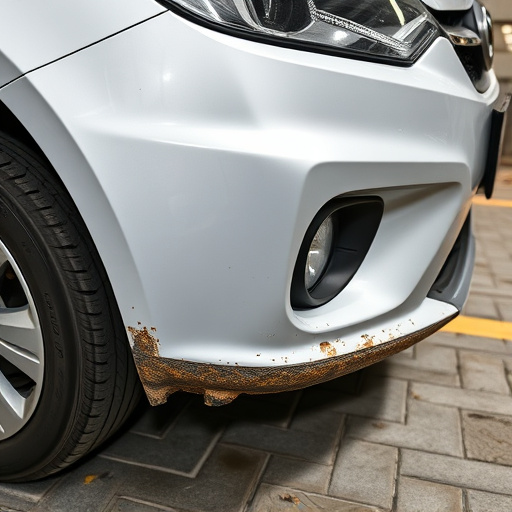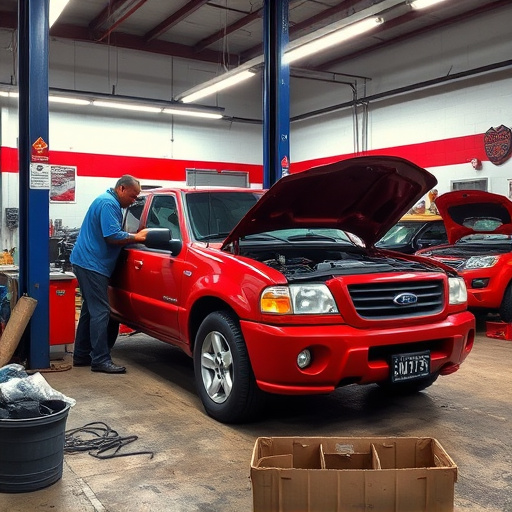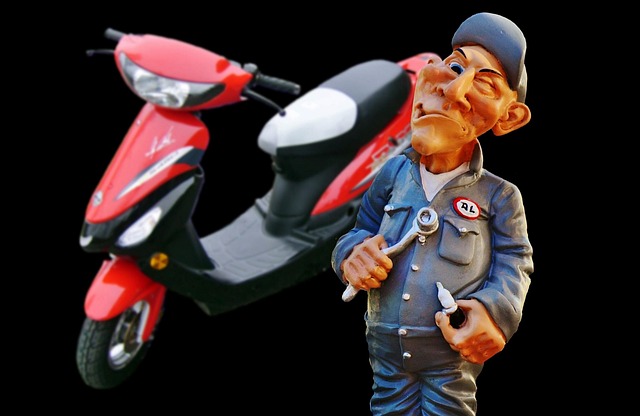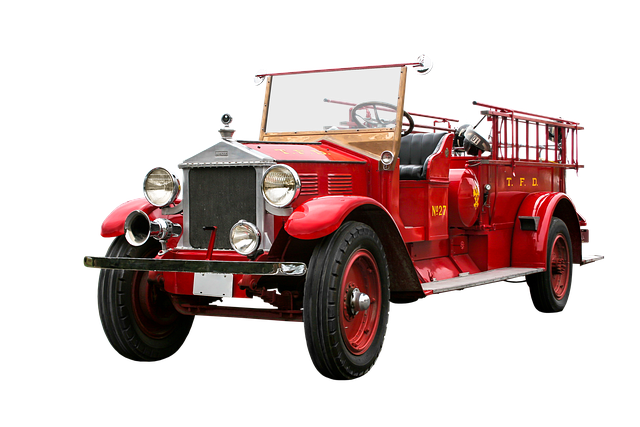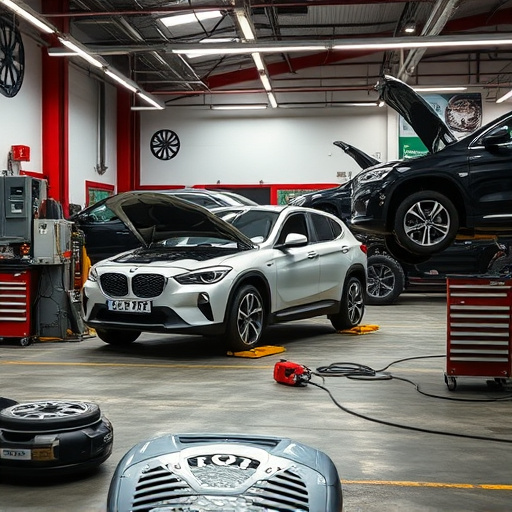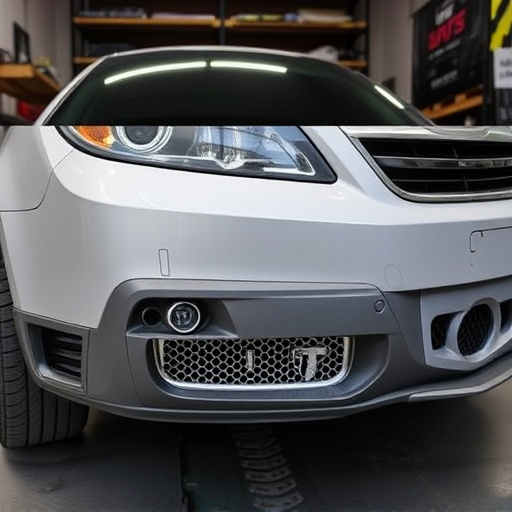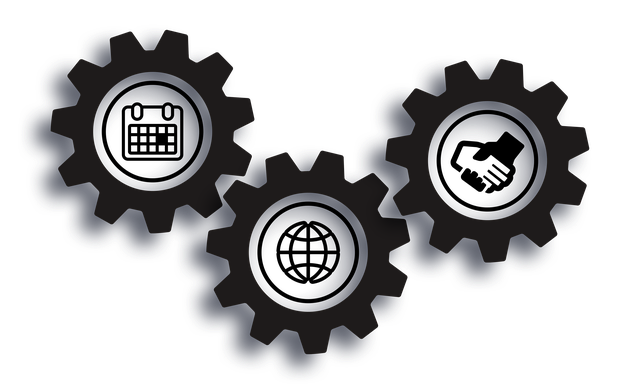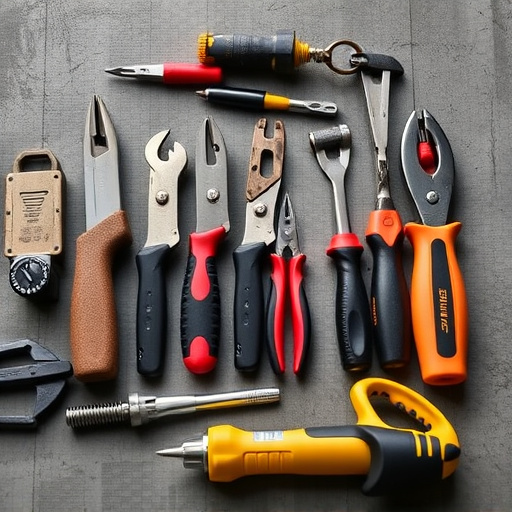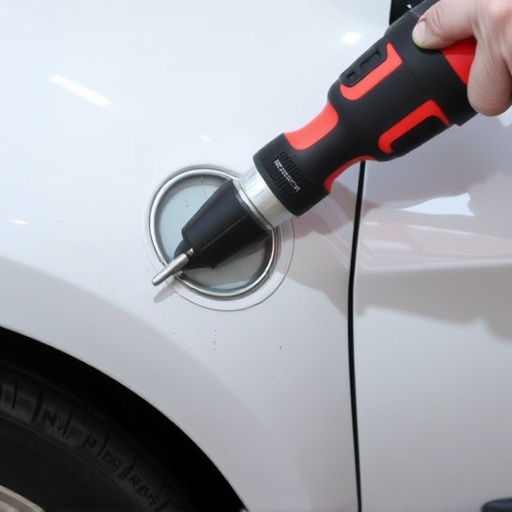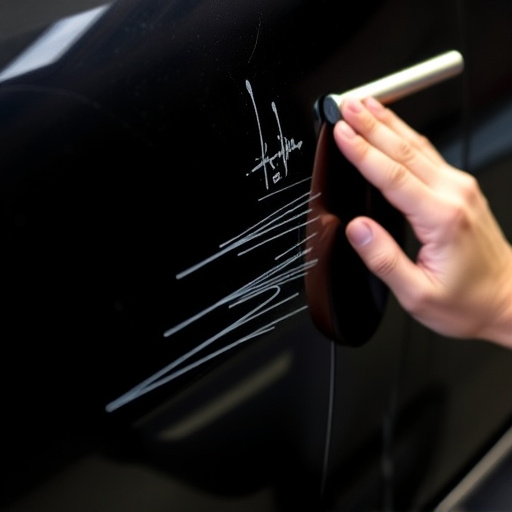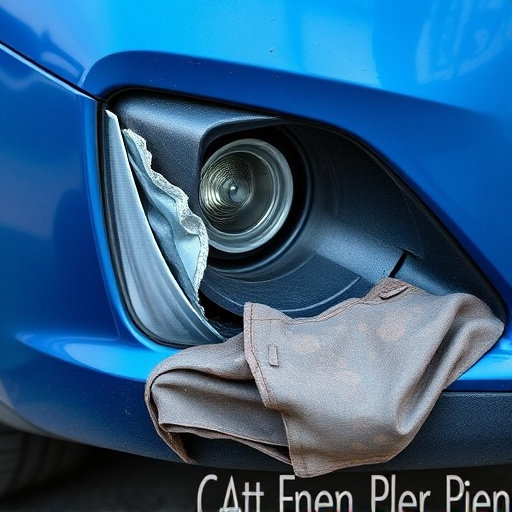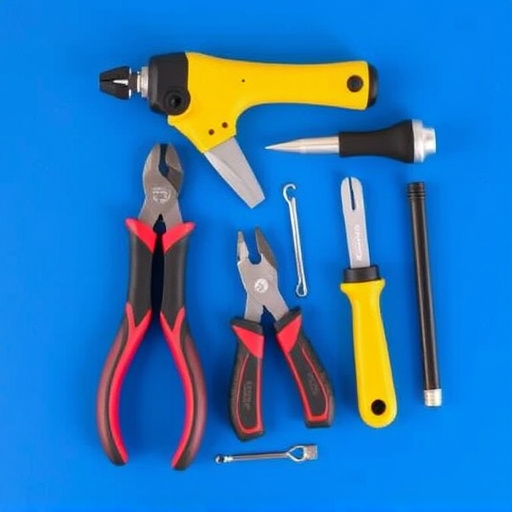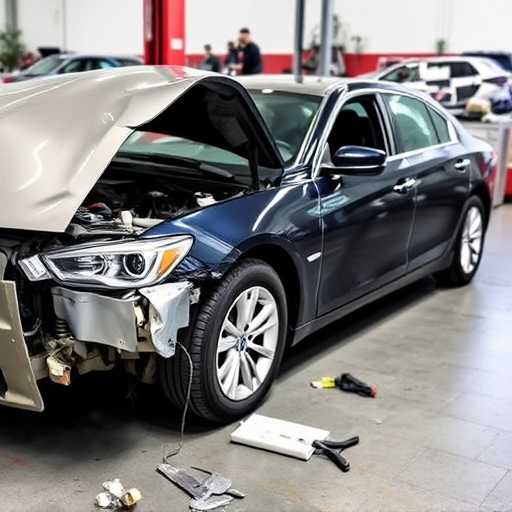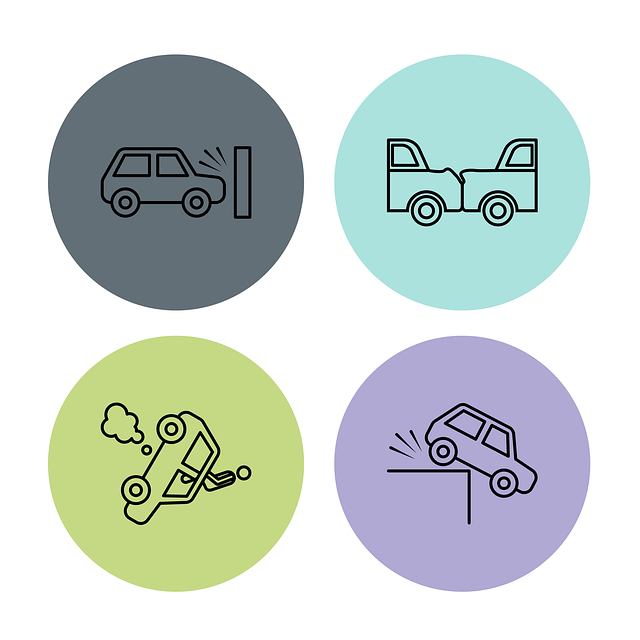Choosing a specialized Tesla repair service and original equipment (OE) parts is crucial to managing high collision repair costs, ensuring accurate diagnoses, flawless fits, superior performance, and long-term vehicle safety for Teslas. Inadequate training on EV systems among traditional body shops poses risks of subpar repairs and increased expenses.
“In the realm of Tesla collision repair, navigating through costly mistakes can significantly impact your wallet. This article sheds light on three common yet avoidable pitfalls that often drive up repair bills. Misdiagnosing Tesla-specific components, using non-original equipment parts, and inadequate training on advanced technologies are major game changers. By understanding these issues, car owners can ensure more affordable and effective repairs, keeping their electric vehicles on the road smoothly.”
- Misdiagnosing Tesla-Specific Components
- Using Non-Original Equipment Parts
- Inadequate Training on Advanced Technologies
Misdiagnosing Tesla-Specific Components
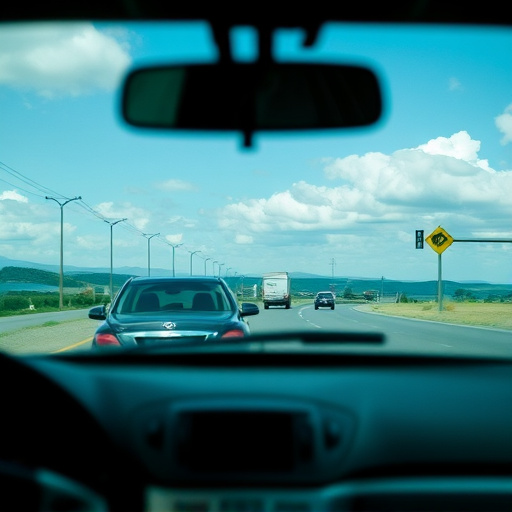
When a Tesla vehicle is involved in a collision, proper and accurate diagnosis becomes paramount to managing repair costs. Many automotive repair services, while skilled in traditional car body shop repairs, may lack expertise in handling Tesla-specific components. This can lead to misdiagnosis, where non-critical parts are deemed damaged or faulty, driving up the overall Tesla collision repair bill unnecessarily.
For instance, Tesla’s advanced electrical systems and software modules require specialized tools and knowledge for accurate assessment. A wrong diagnosis could result in unneeded replacements, adding significant costs to the already expensive Tesla collision repair process. It underscores the importance of choosing an automotive repair service with demonstrated experience in handling Tesla vehicles, ensuring repairs are both effective and cost-efficient.
Using Non-Original Equipment Parts
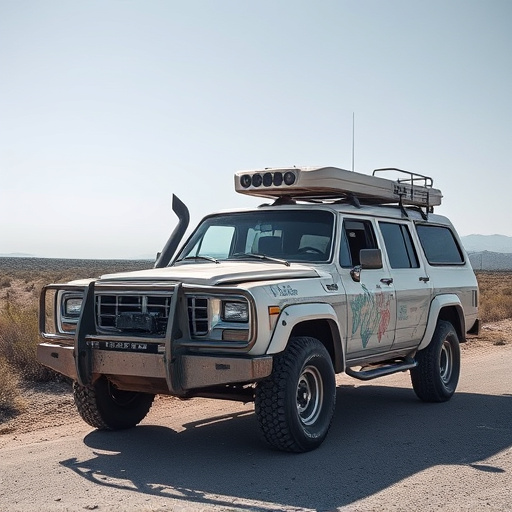
When it comes to Tesla collision repair, one costly mistake many owners make is opting for non-original equipment (OE) parts. While third-party or aftermarket parts may seem like a cheaper option, they often lack the precision and quality of Tesla’s own components. These OE parts are designed specifically for your vehicle’s make and model, ensuring a seamless fit and superior performance during the repair process. Using anything less can lead to issues down the line, affecting not only the visual appeal but also the safety and reliability of your Tesla.
Collision repair centers that specialize in classic car restoration or general vehicle collision repair understand the importance of using original equipment parts. They know that these parts are subject to rigorous testing and adhere to strict quality standards, ensuring a higher chance of long-lasting results. By choosing OE parts, Tesla owners can rest assured that their vehicles will be restored to their pre-accident condition, maximizing both resale value and safety standards.
Inadequate Training on Advanced Technologies

Inadequate training on advanced technologies is a common pitfall in the automotive industry, particularly when it comes to Tesla collision repair. As electric vehicles (EVs) continue to gain popularity, specialized knowledge and skills are essential for technicians to handle these unique vehicles effectively. Unfortunately, many auto body shops and mechanics may lack proper training on the intricate systems and components specific to Teslas, such as their battery packs and advanced driver-assistance systems (ADAS). This can lead to subpar repairs and increased costs for Tesla owners when dealing with collisions or accidents.
When a Tesla experiences damage, it’s crucial to have trained professionals who understand the vehicle’s specialized construction and components. Inadequate training might result in incorrect assessments, improper repairs, or even the need for costly replacements due to a lack of knowledge about how these advanced technologies function and interact with each other. This can significantly impact both the quality of the repair and the overall Tesla collision repair cost, leaving owners with unexpected expenses.
When it comes to Tesla collision repair, avoiding these common pitfalls is key to keeping costs manageable. Misdiagnosing unique vehicle components, using non-original equipment (NOE) parts, and lacking adequate training on advanced technologies can significantly increase repair bills. By staying informed about Tesla-specific repairs and prioritizing certified professionals, owners can navigate the process with greater confidence and affordability in mind. Understanding these issues is essential for anyone considering Tesla collision repair to ensure their vehicle receives the best care without breaking the bank.
